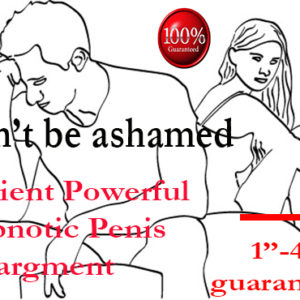The Power of Rescuing Others:By Dr. Marsha Linehan, a therapist and researcher at the University of Washington who suffered from borderline personality disorder and Schizophrenia.
As we all know, the enduring stigma of mental illness teaches people with such a diagnosis to think of themselves as victims, snuffing out the one thing that can motivate them to find treatment: and hope.
“There’s a tremendous need to implode the myths of mental illness, to put a face on it, to show people that a diagnosis does not have to lead to a painful and oblique life.” Elyn R. Saks, a professor at the University of Southern California School of Law who chronicles had her own struggles with schizophrenia in “The Center Cannot Hold: Her Journey Through Madness.” “They who struggle with these disorders can lead full, happy, productive lives, if we have the right resources.”
These include medication (usually), therapy (often), a measure of good luck (always) — and, most of all, the inner strength to manage one’s demons, if not banish them. That strength can come from any number of places, these former patients say: love, forgiveness, faith in God, a lifelong friendship can help with the struggle.
But Dr. Linehan’s case shows there is no recipe. She was driven by a mission to rescue people who are chronically suicidal, often as a result of borderline personality disorder, an enigmatic condition characterized in part by self-destructive urges.
As she said; “I honestly didn’t realize at the time that I was dealing with myself”, “But I suppose it’s true that I developed a therapy that provides the things I needed for so many years and never got.”
‘I Was in Hell’
She learned the central tragedy of severe mental illness the hard way, banging her head against the wall of a locked room.
Marsha Linehan arrived at the Institute of Living on March 9, 1961, at age 17, and quickly became the sole occupant of the seclusion room on the unit known as Thompson Two, for the most severely ill patients. The staff saw no alternative: The girl attacked herself habitually, burning her wrists with cigarettes, slashing her arms, her legs, her midsection, using any sharp object she could get her hands on.
The seclusion room, a small cell with a bed, a chair and a tiny, barred window, had no such weapon. Yet her urge to die only deepened. So she did the only thing that made any sense to her at the time: banged her head against the wall and, later, the floor. Hard.
“My whole experience of these episodes was that someone else was doing it; it was like ‘I know this is coming, I’m out of control, somebody help me; where are you, God?’ ” she said. “I felt totally empty, like the Tin Man; I had no way to communicate what was going on, no way to understand it.”
Her childhood, in Tulsa, Okla., provided few clues. An excellent student from early on, a natural on the piano, she was the third of six children of an oilman and his wife, an outgoing woman who juggled child care with the Junior League and Tulsa social events.
Please watch this video, and if you need help, contact your specialist or contact me Doreen Cohanim for free consultation, and possible referrals and advice, some areas hypnosis and cognitive therapy can help, however you need to have a specialist that work together with any other holistic or alternative therapist. Without referral from your physician I highly recommend you never hire a hypnotherapist or others unless you have a referral and the therapist is Authorized to communicate with your physician and or psychiatrist.




 December 10th, 2012
December 10th, 2012  doreen.co
doreen.co  Posted in
Posted in  Tags:
Tags: 










 HMI Private Practice of Hypnotherapy Provider
Primary specialty: Alternative Medicine
Secondary speciality: Behavior Therapy
Doreen is an
Honors Graduate of HMI and also a Certified Practitioner /Facilitator of The Melchizedek MethodT (incorporating the Hologramof Love Merkaba). Energy Healer since August 1999, she was healedfrom a car accident preventing back surgery and being able toeliminate her back pain with hypnotherapy and energyhealing
Doreen is an Honors Graduate of HMI and also a Certified Practitioner / Facilitator of The Melchizedek MethodT (incorporating the Hologram of Love Merkaba). Energy Healer since August 1999,...
HMI Private Practice of Hypnotherapy Provider
Primary specialty: Alternative Medicine
Secondary speciality: Behavior Therapy
Doreen is an
Honors Graduate of HMI and also a Certified Practitioner /Facilitator of The Melchizedek MethodT (incorporating the Hologramof Love Merkaba). Energy Healer since August 1999, she was healedfrom a car accident preventing back surgery and being able toeliminate her back pain with hypnotherapy and energyhealing
Doreen is an Honors Graduate of HMI and also a Certified Practitioner / Facilitator of The Melchizedek MethodT (incorporating the Hologram of Love Merkaba). Energy Healer since August 1999,...